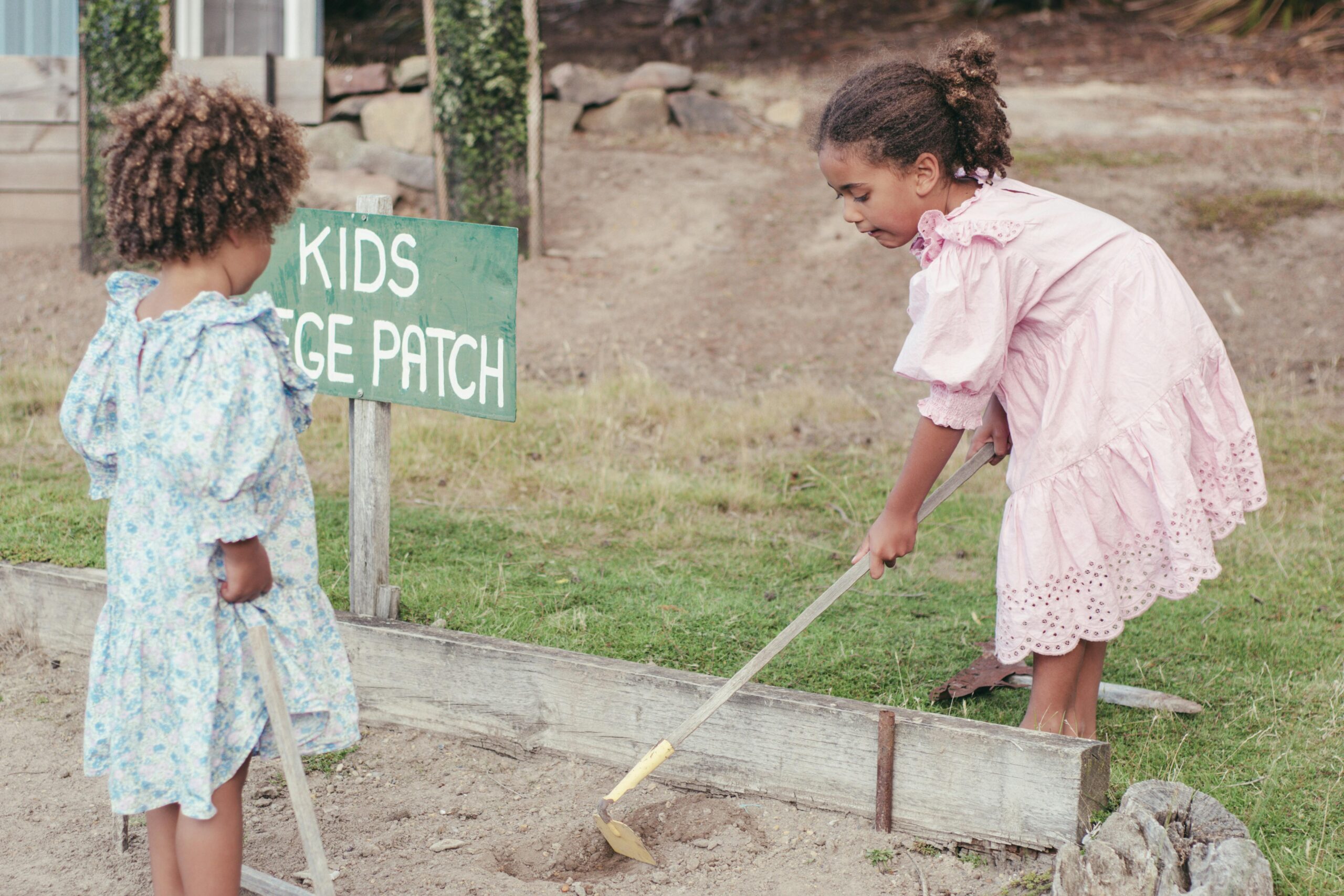What is the best way to introduce children to the concept of budgeting?
Teaching Kids About Money and Financial Responsibility: Allowances, Saving Accounts
Introduction
Teaching kids about money and financial responsibility is a crucial part of their upbringing. Instilling good financial habits in children can set the foundation for a lifetime of sound financial decisions. By employing methods such as allowances and savings accounts, parents can provide practical, hands-on experience with managing money. This article will explore the benefits, practical tips, and strategies to help kids understand finance through allowances and saving accounts.
Benefits of Teaching Financial Responsibility
Teaching kids about money offers numerous benefits, including:
- Building financial literacy: Early exposure to financial concepts fosters a better understanding of managing money.
- Encouraging savings habits: Developing a habit of saving money can lead to a financially secure future.
- Instilling discipline: Managing allowances and savings accounts teaches discipline and delayed gratification.
- Preparing for adulthood: Equipped with financial knowledge, kids are better prepared for the financial challenges of adult life.
Setting Up Allowances
An allowance is a simple yet effective tool for teaching kids about money. It provides the opportunity to learn about budgeting, saving, and spending responsibly.
Deciding on the Allowance Amount
The amount of allowance can vary based on a child’s age, your family’s financial situation, and what purpose the money serves.
| Age | Suggested Weekly Allowance |
|---|---|
| 5-7 years | $5 |
| 8-10 years | $7 |
| 11-13 years | $10 |
| 14-16 years | $15 |
Chores and Allowances
Linking allowances to chores can teach kids the connection between work and earning money. However, it’s important to balance so chores that are part of family responsibilities are not monetized.
Opening Savings Accounts
Opening a savings account for your child is a practical step to teach them about saving money and interest accumulation.
Choosing the Right Savings Account
Select an account with low fees, a child-friendly interface, and preferably a higher interest rate. Many banks offer specialized accounts for kids.
Involving Kids in Account Management
Encourage children to monitor their account balance and interest earnings regularly. This hands-on involvement helps reinforce the importance of saving and the benefits of compound interest.
Practical Tips for Teaching Financial Responsibility
- Set clear goals: Help your child set savings goals such as buying a toy or saving for college.
- Use financial games: Incorporate board games or apps that teach money management in a fun way.
- Lead by example: Demonstrate good financial habits in your daily life, allowing your child to learn by watching you.
- Teach budgeting basics: Guide your child to create a simple budget, tracking income and expenses.
First-Hand Experiences
Parents and guardians who have successfully taught their children about financial responsibility often share inspiring stories. For example, one parent shared how their 10-year-old daughter saved enough from her allowance and small jobs to buy her first bicycle. This experience not only boosted her confidence but also ingrained the value of saving and hard work.
Case Studies
Research studies have shown the effectiveness of early financial education. A study by Cambridge University indicated that children’s money habits are formed by age 7. Another report by the Consumer Financial Protection Bureau found that children who receive allowances show better money management skills in adulthood.
Conclusion
Teaching kids about money and financial responsibility is an essential aspect of their education. By using allowances and savings accounts, parents can provide practical lessons that build financial literacy, encourage saving habits, and prepare children for the financial responsibilities of adulthood. Start early, involve your children in money management discussions, and watch them grow into financially savvy adults.
